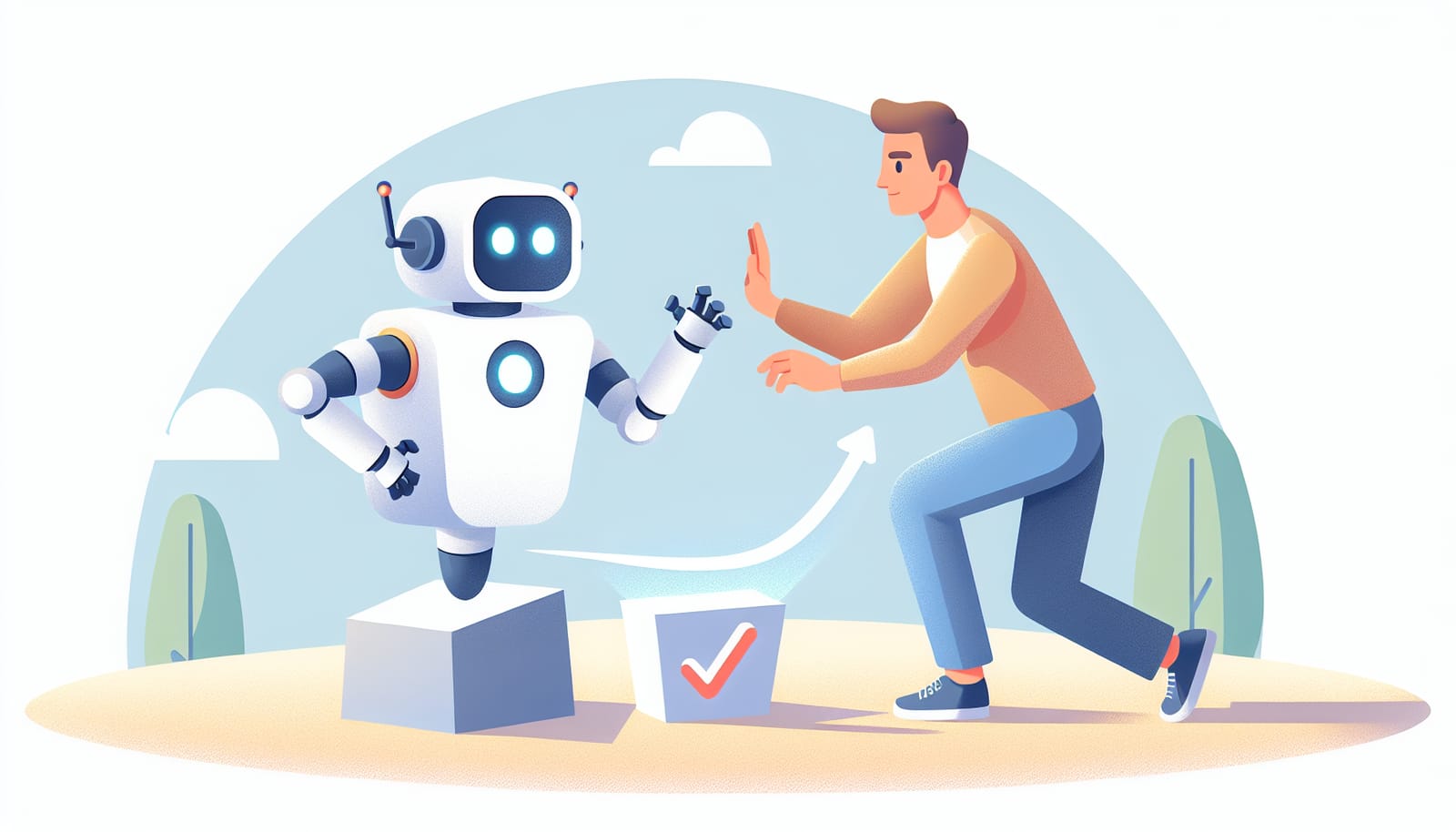Have you ever wondered how your smartphone understands your voice commands? Or how chatbots seem to know exactly what you mean when you type a message? The magic behind these technologies is artificial intelligence (AI), and one of the key ways it works is by breaking down sentences to comprehend the meaning behind your words. In this article, we will explore how AI understands language, making it easier for machines to communicate with us like never before!
What is AI Language Understanding?
At its core, AI language understanding involves teaching computers to interpret and respond to human language. Just like we learn to understand language through experience, AI systems learn to recognize patterns in text and speech. This process is known as Natural Language Processing (NLP). NLP is a branch of AI that focuses on the interaction between computers and humans through natural language.
Imagine you’re reading a storybook. To understand the plot, you don’t just read each word individually; you connect the words to grasp the entire narrative. Similarly, NLP helps computers to connect the dots between words and phrases to understand the bigger picture.
How Does AI Break Down Sentences?
AI uses various techniques to analyze sentences. Let’s break down the process into simple steps:
1. Tokenization
The first step in understanding a sentence is called tokenization. This is where the AI splits a sentence into smaller parts, called tokens. Tokens can be words, phrases, or even characters. For example, the sentence "The cat sat on the mat" would be broken down into the following tokens: "The," "cat," "sat," "on," "the," and "mat."
By breaking sentences into tokens, AI can focus on the individual components of language, making it easier to analyze their meanings.
2. Part-of-Speech Tagging
Once the AI has tokenized the sentence, the next step is to identify the role of each token. This process is known as part-of-speech tagging. Each word in a sentence can serve a different purpose, such as a noun (a person, place, or thing), a verb (an action), or an adjective (a descriptor).
For instance, in the phrase "The fluffy cat sat," "The" is a determiner, "fluffy" is an adjective, "cat" is a noun, and "sat" is a verb. By identifying these roles, AI can better understand how words relate to each other in a sentence.
3. Parsing
Next, the AI performs a process called parsing. Parsing analyzes the grammatical structure of a sentence to understand how the words work together. It allows the AI to identify the relationships between different words and phrases.
For example, in the sentence "The cat chased the mouse," parsing helps the AI understand that "the cat" is the subject performing the action (chasing), while "the mouse" is the object receiving the action. This understanding is crucial for the AI to respond appropriately or generate coherent sentences.
4. Semantic Analysis
After parsing, the AI moves on to semantic analysis, which focuses on the meaning of the words and sentences. This step helps the AI comprehend context, such as idioms or phrases that might not make literal sense. For example, “It’s raining cats and dogs” means it’s raining heavily, not that animals are falling from the sky!
By analyzing the semantic meaning, AI can provide more accurate responses and understand nuances in language, such as sarcasm or emotion.
Why Is AI Language Understanding Important?
AI language understanding has transformed many aspects of our lives. From virtual assistants like Siri and Alexa to translation services and customer service chatbots, these technologies rely on AI to communicate effectively with us. By breaking down sentences and understanding their context, AI can:
Enhance Communication: AI helps bridge language barriers by translating text and speech in real time, making it easier for people to connect across cultures.
Improve Accessibility: AI applications can assist individuals with disabilities by converting speech to text or providing voice-activated controls for devices.
Revolutionize Education: Educational tools powered by AI can provide personalized learning experiences, adapting to each student’s needs and helping them improve their language skills.
The Future of AI Language Understanding
As AI continues to evolve, its ability to understand language will only improve. Researchers are working on making AI systems more context-aware, allowing them to grasp subtleties and cultural references that humans use in everyday communication. This advancement could lead to even more sophisticated applications, such as:
Emotion Recognition: AI could learn to detect emotions in text or speech, allowing for more empathetic responses in customer service interactions.
Creative Writing Assistance: AI could assist writers in brainstorming ideas, suggesting plot twists, or even helping to develop characters in stories.
Personalized Learning: AI could tailor educational content to match a student’s learning style, making language learning more engaging and effective.
AI's ability to break down and understand language is an exciting development that has the potential to change how we communicate and interact with technology. By using techniques like tokenization, part-of-speech tagging, parsing, and semantic analysis, AI can make sense of our words, allowing for seamless communication between humans and machines.
As we look to the future, the possibilities are endless. With continuous advancements, AI will become even more adept at understanding language, leading to a world where technology enhances our ability to connect, learn, and grow. So, the next time you ask your device a question or engage with a chatbot, remember the incredible journey your words take through the world of AI!
Embrace the future of communication, and who knows? Maybe one day, AI will even help you write the next great story!


